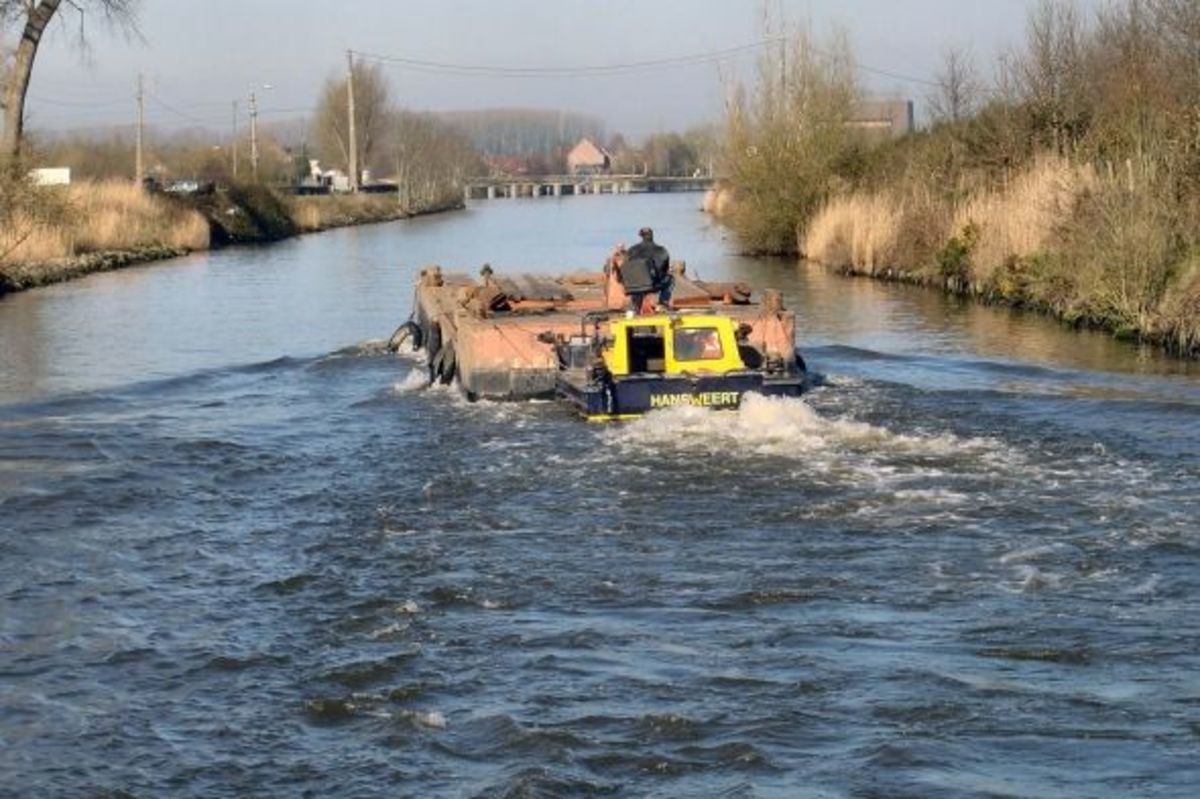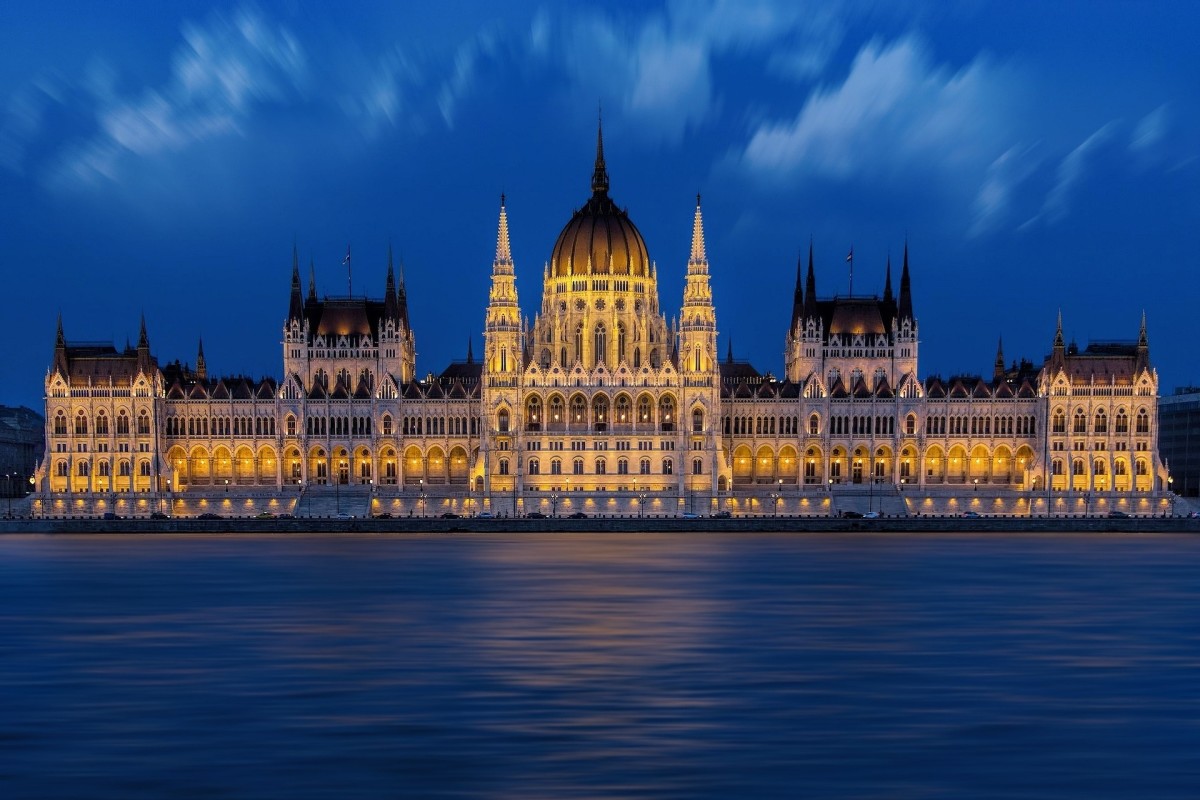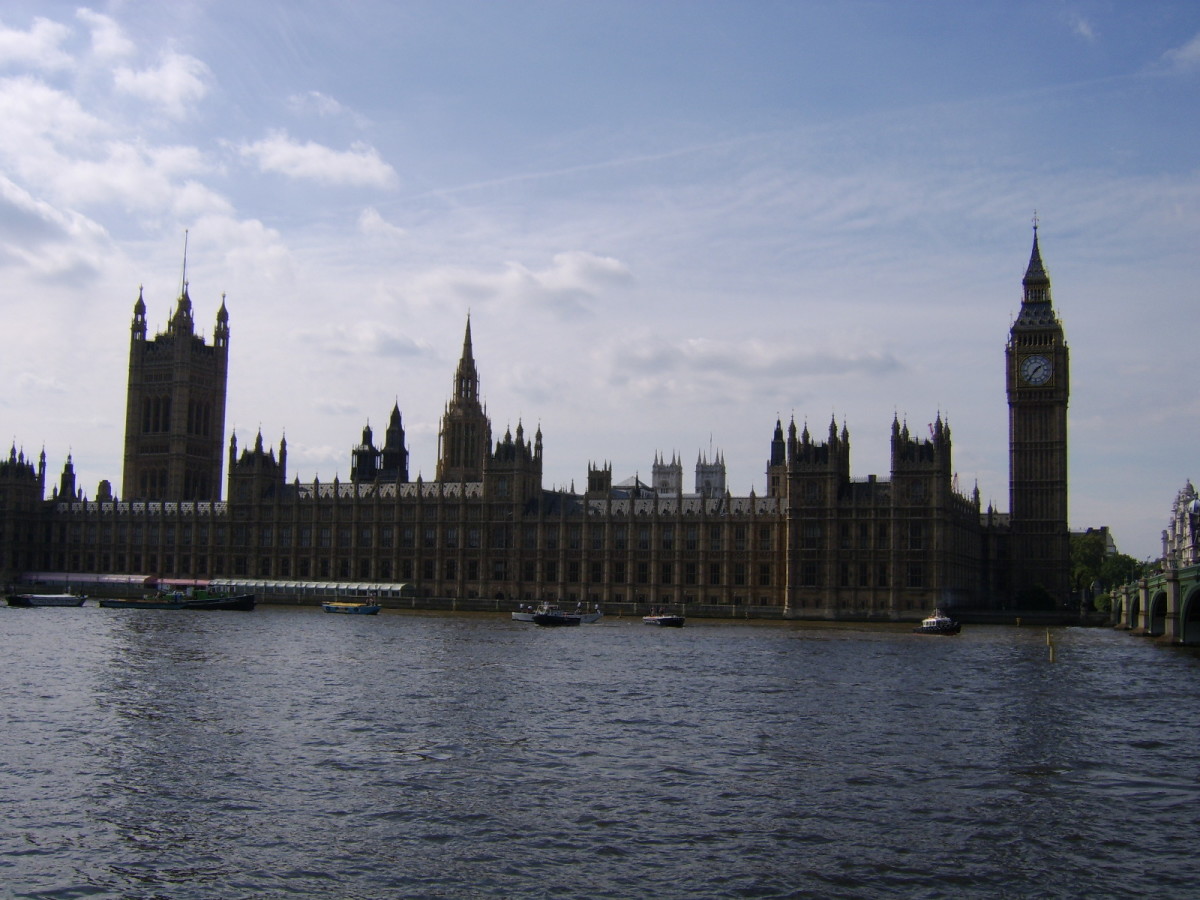Visiting the Parliament Building, Brussels, Belgium: the Palace of the Nation
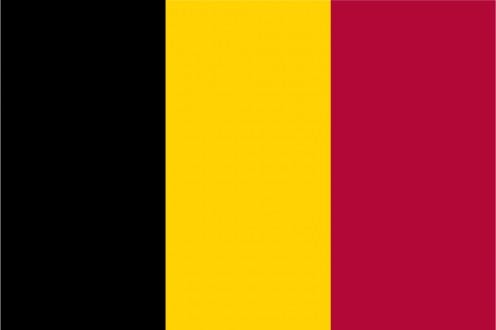
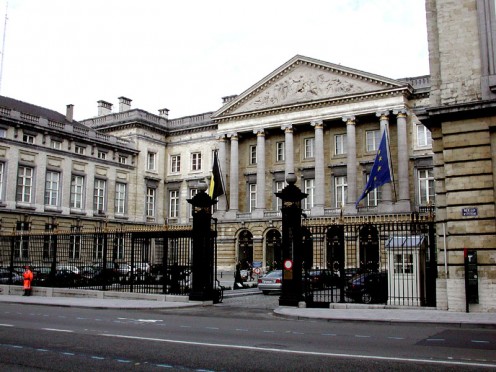
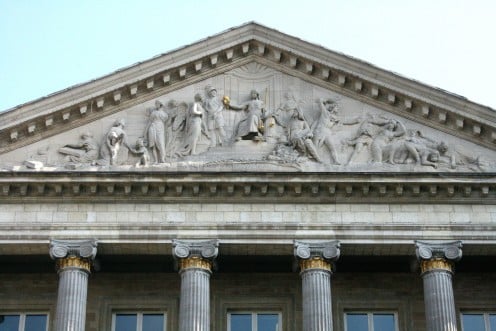
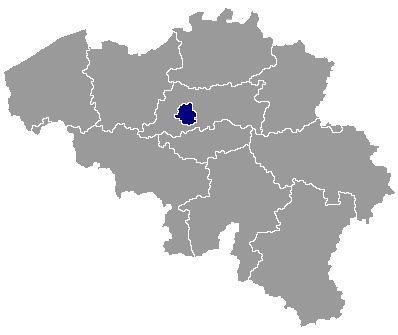
Architectural distinction and dissonant versions of institutional 'normality'?
First of all, one should ask, to which parliament does this article refer? because in Brussels alone Belgium has various parliaments.
The fine building known as the Palace of the Nation (French: Palais de la Nation ; Dutch: Paleis der Natie) is the seat of Belgium's Federal Parliament. But it should be borne in mind that in the city there are various other parliaments: the Flemish Parliament (Dutch: Vlaams Parlament ; French: Parlement Flamand ); the Parliament of Brussels-Capital-Region (French: Parlement de la Région de Bruxelles-Capitale ; Dutch: Parlement van het Brusselse Hoofdstedelijke Gewest ); the Parliament of the French Community (French: Parlement de la Communauté française ; Dutch: Het Parlement van de Franstalige gemeenschap ), also known as the French-speaking Parliament of Wallonia and Brussels (French: Parlement de la Fédération Wallonie-Bruxelles ; Dutch: Parlement van de Franstaligen van Wallonië en Brussel ); the European Parliament.
As you can see, Belgians are heavily governed, and a good telephone directory and a constitutional lawyer thus make useful companions for those doing business within the multiple frameworks of Belgian institutional competencies and ministerial, reserved powers. From a practical point of view, if a visitor arrives at a mainline railroad station in Brussels and asks a taxi driver to take him or her to the Parliament, it is likely that the driver will ask, 'Which one?'
So anyway, if you want to come here by taxi, make sure you ask for the one at rue de la Loi . Or Wetstraat .
Some features of the building and its use
Interestingly, even the Dutch Parliament, the States-General, was known in the early 19th century to use the building, now known as the Palace of the Nation, as an alternative venue to The Hague.
Anyway, the Palace of the Nation is a striking building. Guided tours are sometimes available, by prior arrangement, but this is usually only when Parliament is not in session. Dating from 1779, its architect was Barbabé Guimard, who followed a Neo-Classical style.
But the alert reader might pick up the fact that Belgium was not an independent country until 1830, and that the first King of the Belgians arrived in the country only in 1831, so where does this Parliament building fit into the country's history?
In 1779, then, what is now Belgium was ruled by an Empress.
To be precise, the Empress was Maria-Theresa of Austria. What is now Belgium was then the Austrian Netherlands, and the intended use of architect Guimard's Neo-Classical edifice was to provide a home for the Sovereign Council of Brabant.
Then it became a jail and a courthouse. After the French Revolution, all sorts of things happened, including a French invasion; another was that those who disagreed with the French Revolutionaries' version of liberty could be put in jail — or worse. There followed a very tumultuous period, but, when it was all over, the King of The Netherlands had acquired the southern Netherlands and it was decided that, since the Dutch Parliament was governing in the south, too, it should meet here in architect Guimard's building at least some of the time.
This was an arrangement which didn't last, however. After the Belgians had a revolution of their own, the Dutch States-General was a no-show, and instead, after the deliberations of a National Congress, the building housed the Parliament of the newly independent Kingdom of Belgium.
The Belgian Parliament which meets in this building is in two parts: the Chamber of Representatives of Belgium (French: Chambre des Représentants de Belgique ; Dutch: Belgische Kamer van Volksvertegenwoordigers ), consisting of 150 members and the Senate (French: Sénat de Belgique ; Dutch: Belgische Senaat ), consisting of 74 members.
Ministerial crises, political culture, and the monarch
In Belgium, cabinet crises can last months, even years, before normality is resumed. Or, rather, is what might superficially be seen as a Belgian institutional crisis actually typical of a deep-seated state of affairs, which perennially informs public life? One could almost say that the idea of a 'safe', Belgian government which rules without controversy would be an aberration from the norm, evoking an almost psychological need for its institutions to revert to a 'normal' state of crisis.
In many countries with a parliamentary system, the head of state does the formal hiring and firing of the head of government, who also needs the support of the elected legislature. In theory, this happens in Belgium too.
However, a difference with the Belgian parliamentary system is in the political culture of this extremely complex country, whereby the Prime Minister is very often trying to resign, and the head of state is very often trying to stop him (yes, so far it's always been 'him').
So this is the first point. In many countries there are plenty of politicians trying to climb the greasy pole to the top, head of government position. But in Belgium the job of Prime Minister of the Federal Government is widely regarded as such a poisoned chalice that whoever is eventually appointed to the job is likely to become so frustrated at the seemingly insoluble permutations of French/Dutch language disputes that a successful resignation may soon be seen as a highly desirable goal.
Another point is that it's part of the monarch's job to ensure that Belgium does have a Federal government, and so the monarch is constantly consulting to make this happen and keep it happening. Given the sheer amount of Prime Ministerial attempts to quit, the late King Baudouin (reigned 1951-1993) would regularly refuse to accept such resignations, and commission whoever was the current holder to go back to the Palace of the Nation and try again to put together a government.
So far, so good.
But, following one of the various, more recent, constitutional revisions which Belgium has experienced since the first half of the 19th century, what amounts to the specific right of a Prime Minister to resign was introduced, or, stated differently, the absolute right of a monarch to refuse such a resignation has been taken away.
However, it is still the monarch's job to make sure that Belgium has a Federal Government; in the end, the King is still likely to be more tenacious about this aspect of his role than in acting as a sort of union representative for prime ministerial resigning rights. So what happens is that the institutional initiative between legislature (based in the Palace of the Nation at one end of Brussels Park) and the monarch (based at the Royal Palace at the other end of the Brussels Park) is vigorously balanced.
The late King Baudouin would speak of his role as being to live every moment intensely.
This was certainly a good way of putting it.
Also worth seeing
A few of the visitor attractions in Brussels include: The Royal Palace (French: Palais royal ; Dutch: Koninklijk Paleis ), and the nearby BELvue museum of the royal dynasty; the architecturally outstanding Grand' Place; the Erasmus House (French: Maison d'Erasme ; Dutch: Erasmushuis ), Anderlecht, is a museum dedicated to Erasmus of Rotterdam.
...
How to get there: Brussels Airlines flies from New York to Brussels Airport (Brussel Nationaal / Bruxelles-National ), from where car rental is available. However, the Metro is a very convenient way of getting around Brussels. Some facilities may be withdrawn, without notice. Please check with the airline or your travel agent for up to date information.
MJFenn is an independent travel writer based in Ontario, Canada.
Other of my hubpages may also be of interest
- Visiting the Royal Palace, Brussels: imposing workplace of Belgium's monarch
- Visiting the BELvue Museum, Brussels: commemorating Belgium's Royal dynasty
- Visiting the Grand'Place, Brussels, Belgium: amazing, architectural gem
- Visiting Anderlecht, Belgium: historical gem in bustling Brussels
- Visiting Martelange, Belgium: or, Be confused by this quadrilingual town


